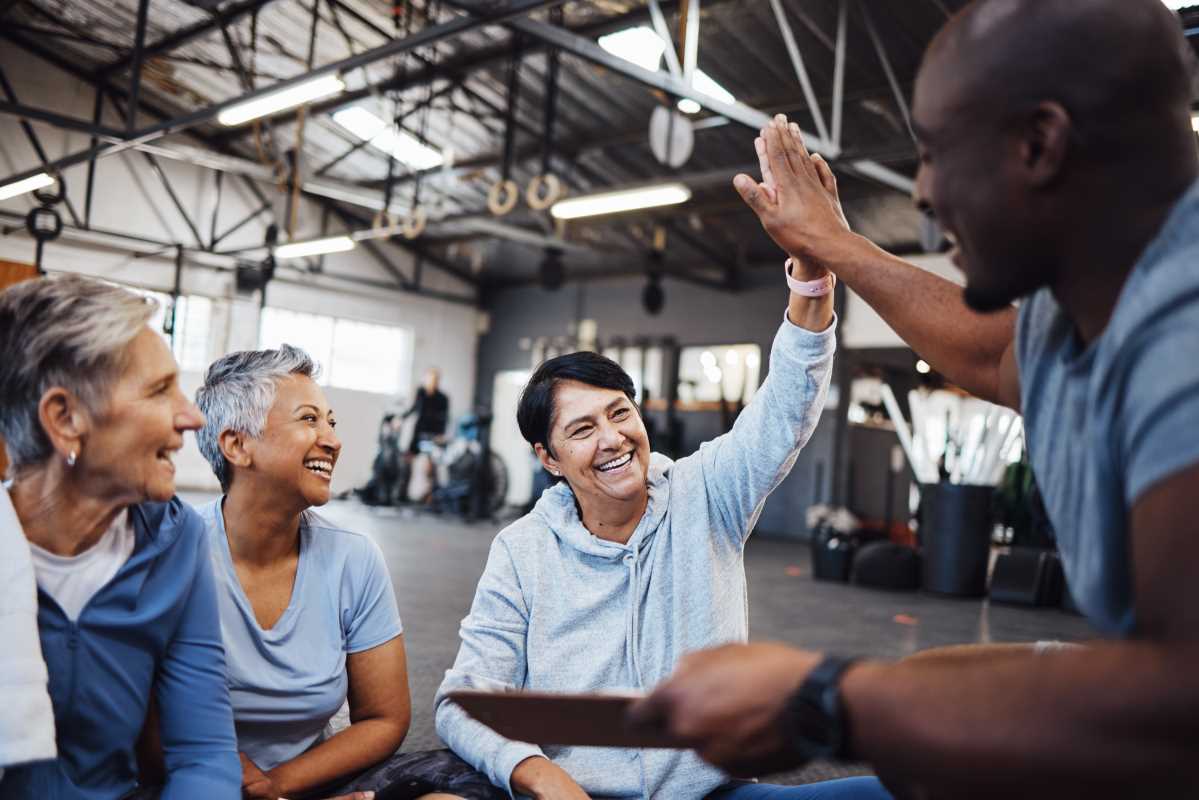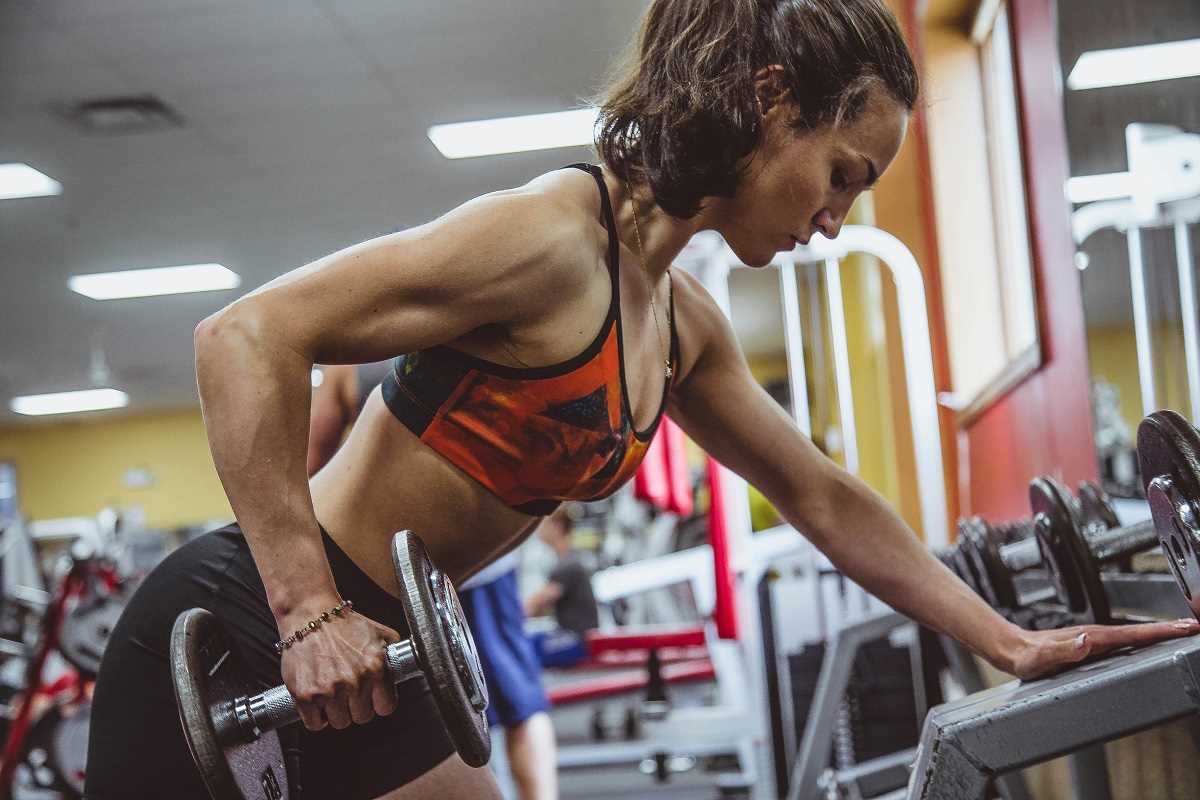Fitness has long been sold through a narrow lens, often emphasizing an idealized “perfect” body image that alienates as much as it motivates. But times are changing. The body positivity movement, paired with a growing demand for inclusive fitness spaces, has cracked open this rigid narrative. Today, the focus is shifting away from unattainable standards and zeroing in on strength, joy, and celebrating every body’s inherent worth.
The fitness world is witnessing a profound transformation, led by outspoken athletes, groundbreaking brands, and a public eager to see themselves reflected in the spaces they move. And as we look ahead to 2025, this momentum shows no signs of slowing down. Here’s how the next year might redefine who fitness serves, the technology shaping the landscape, and how all of us can champion a more inclusive view of health.
Where We Are Today: The Rise of Inclusive Fitness and Body Positivity
Over the past decade, movements for body positivity and inclusivity have shifted the cultural conversation. Once-critiqued phrases like “strong, not skinny” gave way to more expansive messaging, such as “fit at any size” or “movement for all.” Social media has been central to this transformation, offering a megaphone to athletes, activists, and creators who celebrate diverse body types and challenge exclusionary norms.
Influential figures like Jessamyn Stanley, a yoga teacher and advocate for plus-size fitness, and Paralympic athletes like Bonnie St. John have helped spotlight the need for spaces that recognize all abilities, shapes, and sizes. Brands like Athleta and Girlfriend Collective have also gained loyalty by creating campaigns and products that feature and support diverse bodies.
The societal impact is growing too. Studies show that inclusive messaging improves participants’ self-esteem and encourages sustainable fitness habits. Instead of focusing on weight or appearance, people are finding joy in movement and connecting fitness with mental and emotional health. This paradigm shift has created a ripple effect, demanding that brands, gyms, and fitness influencers do better, think broader, and serve wider audiences.
The Future is Now (and 2025 is Leading the Charge)
The next year promises some exciting breakthroughs for inclusive fitness, from tech innovations to reimagined gym cultures. Here’s what we expect to see as this movement gains even more traction:
1. Technological Advancements to Personalize and Equalize Fitness
With tech increasingly shaping how we move, fitness providers are doubling down on accessibility. Companies like [brand name] are investing in wearable devices and apps designed not just for elite athletes but for everyone, regardless of ability, size, or experience. Think AIs that monitor biomechanics in real time to prevent injuries for every body type, or accessibility features that interpret data for users with mobility challenges.
One emerging innovation? Virtual trainers and avatars that reflect broader diversity. Imagine launching your fitness app and being greeted by an instructor who looks like you, validating that fitness is for you, too. Fitness gamification is also evolving, with interactive VR experiences catering to all abilities—from underwater adventures to seated strength challenges.
2. Redefining “The Gym” with Inclusive Spaces
Gyms and studios are rethinking design and culture to make everyone feel welcome. Beyond equipment designed with various bodies in mind, facilities are creating low-sensory spaces for people who need quieter environments or curated hours for individuals with unique physical or sensory needs.
[Brand name], for example, plans to launch its “Stronger Together” initiative in 2025, equipping 1,000 gyms worldwide with adaptive machines, flexible group fitness layouts, and unbiased onboarding practices that ensure anyone stepping through the doors feels seen and supported.
3. Fitness Apparel That Actually Fits
The athleisure boom is stepping up for inclusivity, with more brands following in the footsteps of companies like Universal Standard and Rainbeau Curves. Expect 2025 to usher in wearable technology designed specifically for plus-size bodies, as well as adaptive sportswear for those with different body shapes, prosthetics, or disabilities. Goodbye, one-size-fits-all leggings that pinch in all the wrong places! Instead, look for apparel that adapts and performs in partnership with the wearer.
4. Body-Positive Fitness Marketing
The traditional “before-and-after” photos of yesteryear are being replaced by campaigns centered on strength, endurance, and emotional resilience. Fitness ads in 2025 will likely continue to showcase authentic, unretouched bodies—including skin folds, stretch marks, and scars. Inclusivity isn’t just a buzzword; it’s how many brands are building trust and standing out in a crowded marketplace.
One standout is [product], a fitness platform that pairs body-positive marketing with guided classes for every level. Reviews from subscribers highlight how its diverse, relatable instructors turn intimidating workouts into welcoming opportunities for growth.
How You Can Join the Movement
Want to support and embody inclusive fitness in your personal routine? Here are a few ideas to get started:
- Choose Joyful Movement: Find activities that excite you, not exercises you think you “should” do.
- Seek Out Inclusive Spaces: Research gyms, studios, or apps with diverse instructors and messaging that resonates with you.
- Support Body-Positive Brands: Put your dollars toward companies making a conscious effort to celebrate all shapes, sizes, and abilities.
- Expand Your Perspective: Follow social media accounts and communities that celebrate movement in new ways. Engage with content that opens your mind to what fitness can look like across the spectrum.
- Celebrate Small Wins: Focus on how exercise makes you feel rather than how it makes you look. Whether it’s improved energy, better sleep, or a stronger sense of self, celebrate your personal victories.
Moving
Inclusivity will define the fitness world, empowerment, and joy. It’s about time. Brands, gyms, and enthusiasts alike are rewriting the narrative to prioritize strength over size, capability over comparison, and wellness over rigid ideals.
This reinvention isn’t just a feel-good trend; it’s a necessary evolution. The more we nurture spaces where everyone belongs, the more people will fall in love with movement for the right reasons. And who knows? You might just discover your own strength in ways you never imagined. Fitness is for everybody and every body.
 (Image via
(Image via




